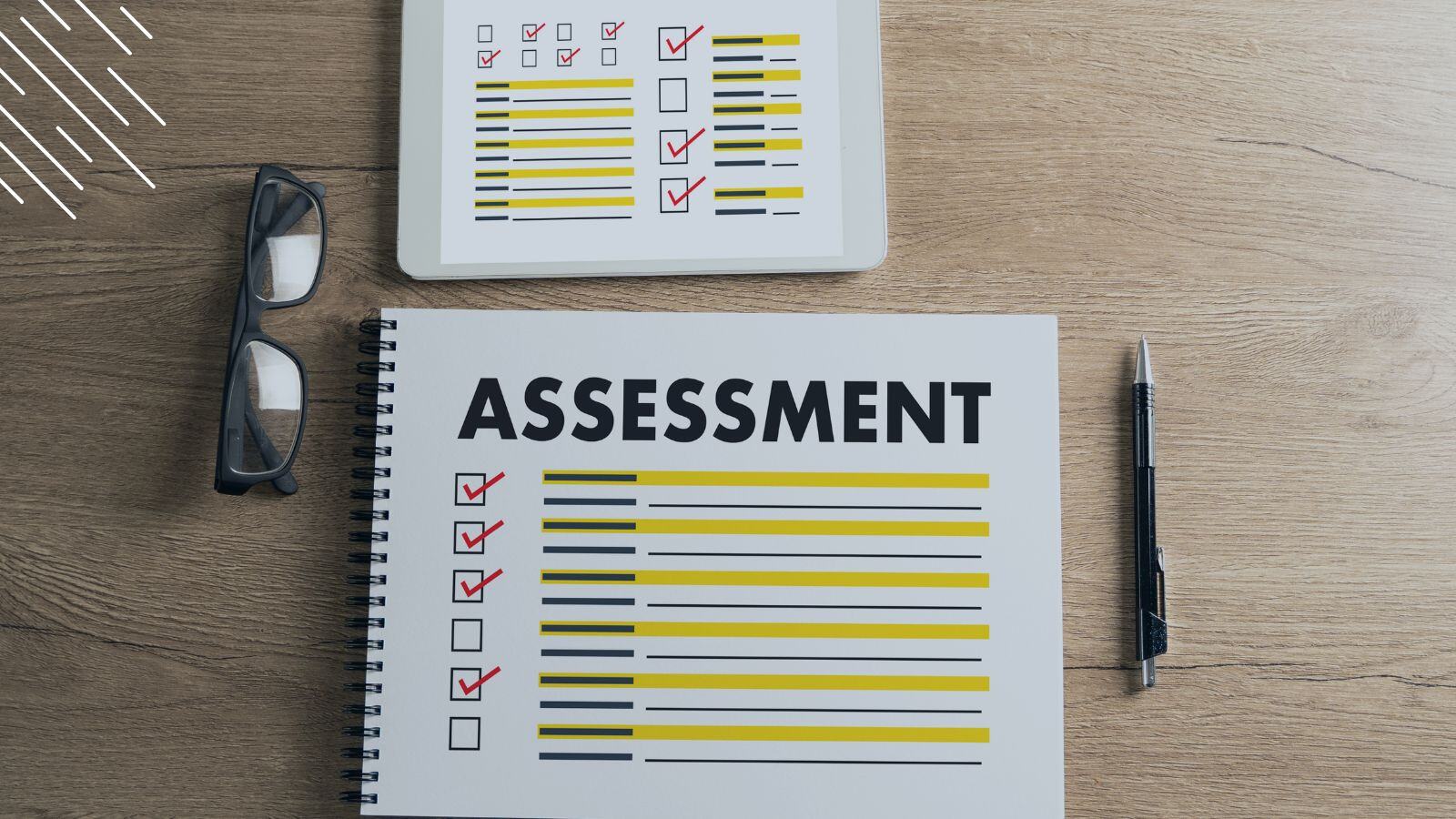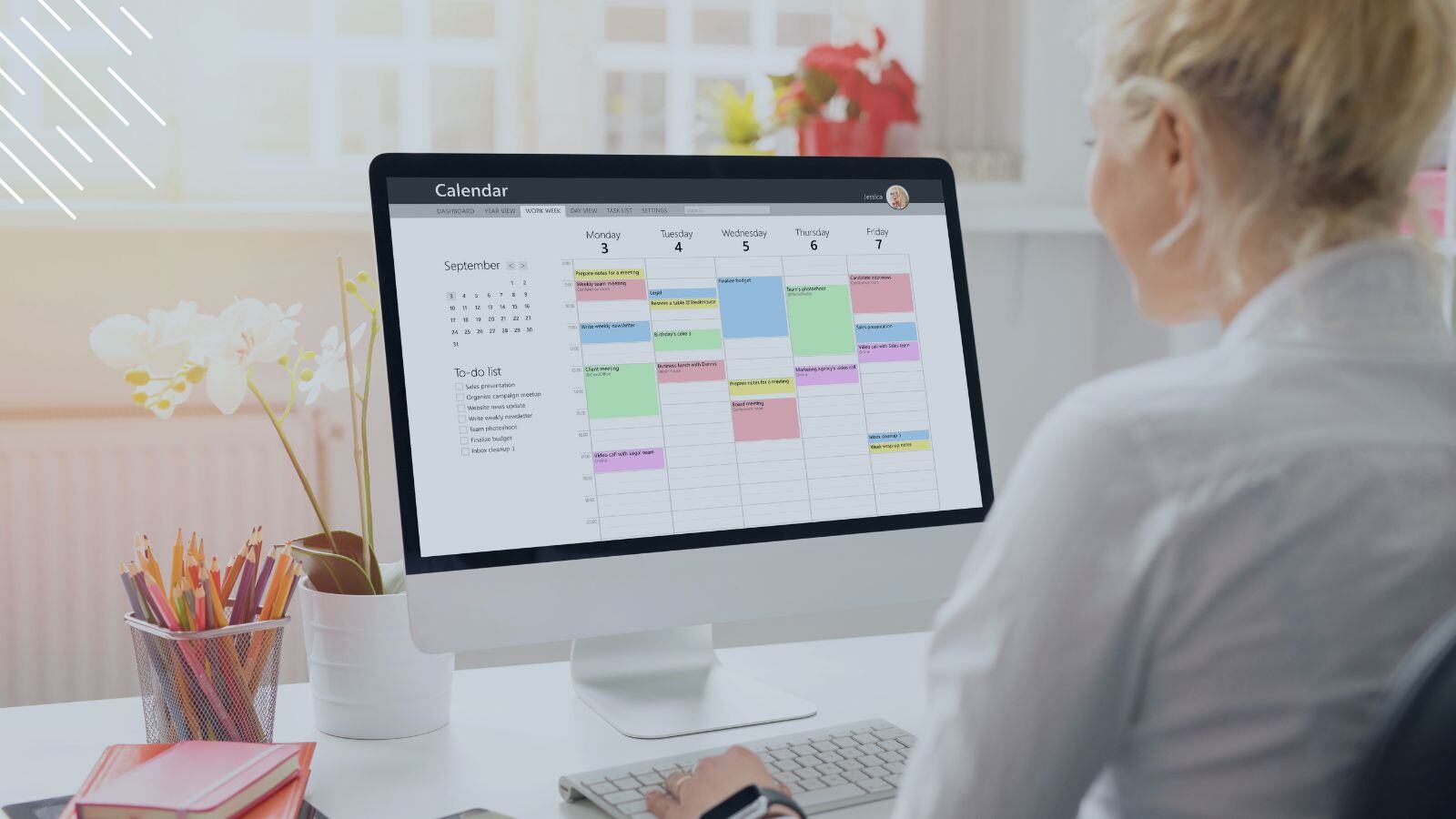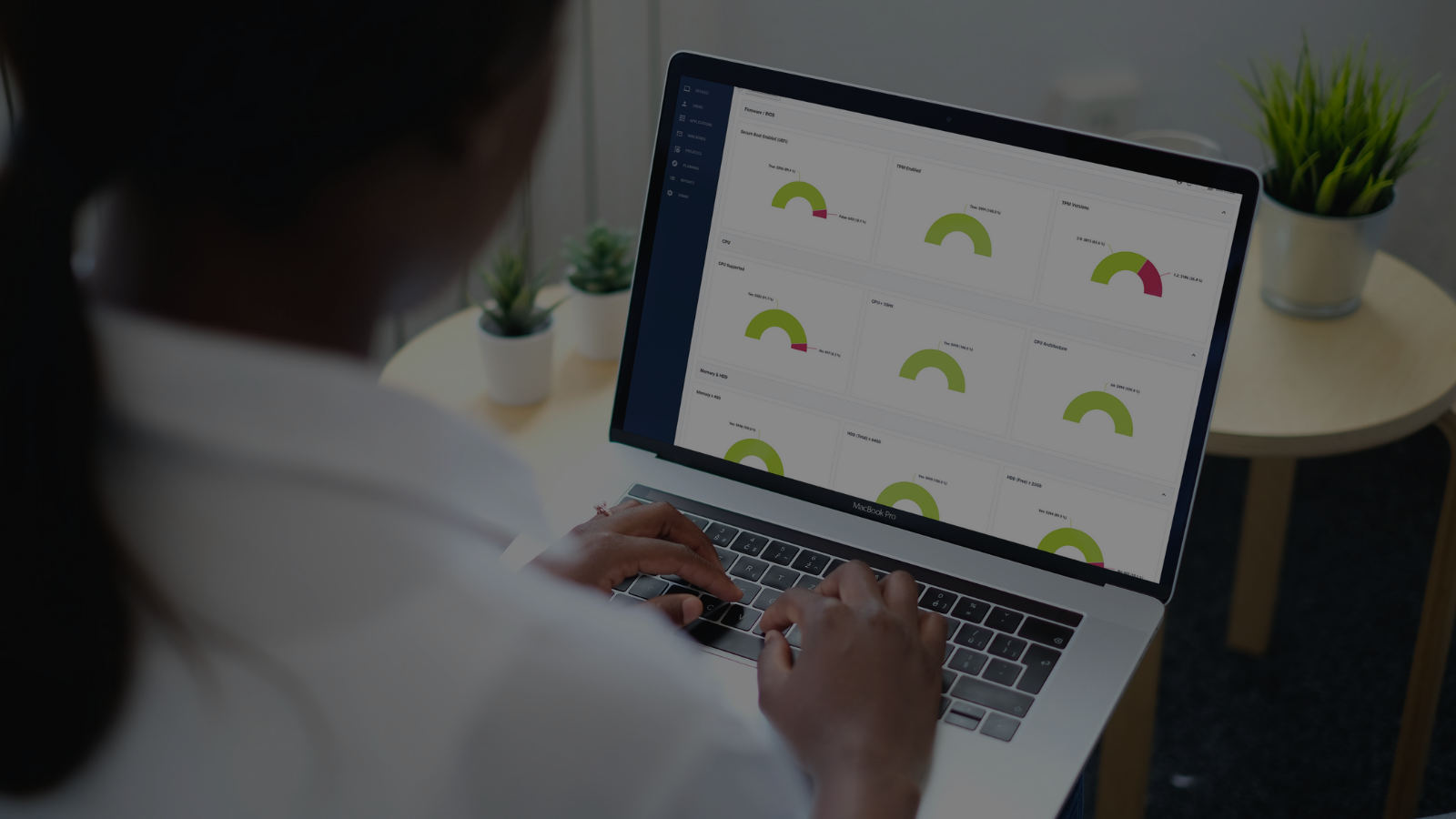
If you just downloaded our fully-customizable Windows 10 Project Plan Template, this blog post is for you! (If you have not yet, it doesn't hurt to read this to get an impression of what you can expect from the template.
In addition to this document, you can download the comprehensive "IT Project Manager's Guide To Windows 10 Enterprise Migrations", which will walk you through each of the phases in more detail and complement the project plan.
Download The Project Plan (MS Project)
We designed the project plan to be fully customizable so you can adjust it to your organization's situation. As you have noticed, the Project Plan Template comes as a PDF and Microsoft Project document. If you have access to MS Project (you will need MS Project 2007 or above to edit the plan), start by loading the project plan. Otherwise, you can print out the PDF file to get a better overview of what a Windows 10 migration project entails. This is a great addition to your first project plan that you submit for your initial budget application.
Customize It To Your Situation
Now that you familiarized yourself with the layout and the planning stages, you can review the critical stages that apply to your situation. One feedback we consistently get is that the project plan template is incredibly detailed. Don't feel overwhelmed. We covered all stages, some of which are probably not needed for you. Edit out whatever is not in the scope of your project.
Other stages that you are particularly interested in (e.g., application rationalization), you might want to expand upon. Alternatively, you might want to add additional stages to accommodate your lengthy procurement or budget approval process — or tweak the steps based on your preference for performing these tasks in-house or through third-party vendors.
Now all you have to do is review your project start time, end date, and buffer time. Make sure this reflects a realistic timeline for your organization.
Windows 10 Project Plan Template Stages
Let's review all eight template stages briefly for what you are trying to achieve at this point, what time frame you should plan on, and who is primarily targeted in what step. Finally, we will look at how to turn your template into a signed off plan. The plan should be a living document, baselined, but then continuously updated as you move through the stages:
Step 1: Planning & Mobilization (3%)
This first step is mainly designed for project sponsors and stakeholders in larger organizations. The extent of the work required here will depend on the organization. For smaller companies, a lot of the business case and team building work can be removed since you are working with fewer resources who have to wear multiple hats.
If you are part of a larger organization, you will have to cover some preparatory groundwork before you can dive into migrating anything. You will need to plan and mobilize your resources, apply for and receive a budget; understand all timelines, risks, and costs; ensure that your IT goals align with your business goals, and get buy-in. In this case, to build this part of the plan, multiple meetings with IT and business stakeholders are required to agree on the scope of work. Outcomes from those discussions should feed into the step 1 plan.
Step 2: Discovery & Inventory (5%)
Now that the high-level plans, approval, and first funding are in place, you need to identify the details of your project scope. The time required here will depend on the technology that exists within the environment. For example, does a new hardware/software inventory tool need to be deployed? This step is for the project team to identify the best source for the required data sets. Also, the technical teams will need to validate the assumptions. If new tools are needed, build in enough time to evaluate, test and deploy them here.
Step 3: Assessment & Rationalization (11%)
Build the data warehouse and set up your supporting tools, e.g., your application compatibility tool, browser compatibility tool, and data warehousing tool.
This step is designed for the technical teams to gather and validate the data as well as to ensure that it will be refreshed as the project moves forward. They are in charge of the cleanliness of the data and fixing the gaps that may exist. Tweak this section with your data sources and build in enough time to correct the anomalies.
Step 4: Solution Design (17%)
In the solution design phase, you design the technologies, processes and tools that you will need to support the migration and your business as usual environment once your project completes.
Use discussions with the technical and business teams to identify firstly a preferred target infrastructure and overall solution. Also, the business teams need to ensure that the technical solution meets the business requirements gathered at the outset. Always double any estimates you are given for this section! Allow for plenty of review time to ensure that the solution is robust and will scale.
Step 5: Solution Build (18%)
With your solution design complete, you can begin to engage your technical teams to build the technology required to support the project. Again, double any estimates you are given. Consider the amount of time required if new infrastructure must be procured, built, and tested. Consider the skills you have in-house to apply the technology, and who is available to test and review it. The people that most often build the solution are typically stretched thin at this point, so ensure you can get their dedicated time or plan for a non-dedicated resource here.
Step 6: Migration Readiness Management (25%)
Now you are ready to start the exciting part — getting your build out to your end users and testing whether the processes that you created work. It's time to push the go button!
This stage involves a lot of discussion with the several workstreams and the time required will depend on how efficient you can be with your planning. If you are identifying the applications priority order from the outset, and starting to forecast your deployments, you can come up with a good smooth plan for readiness. Gather estimates on the number of applications the factory plans to deliver per week. Try to remove any complex items from the list so that you can be ready for your initial pilots in the quickest possible time. Ensure you have a central place to manage it all! Plan for regular meetings, and revise the project plan according to updated estimates.
Step 7: Scheduling & Deployment (19%)
Finally, the big day is here! All your planning and preparation will pay off. You've lined up all your ducks in a row — or, put in the terms of the famous first South Pole expedition — you've calculated your route, dropped off your supply depots, built your base camps, and gotten all your equipment in order. Now you are ready to take the first step!
For logistics teams, this stage assumes that everything is in place to begin delivery. Input critical blackout dates and milestones. Change the plan based on how many engineers you have and how many deployments you can achieve per day. Build in contingency for order delays or user unavailability.
Step 8: Operate & Project Close Down (2%)
By now you probably can't stomach the words 'Windows 10 migration,' but before you move on to the next project, it is vital for the success of future projects to close down the current project correctly by reviewing and documenting what went well and what did not. Ensure that you plan enough time to ascertain operational success. Plan for tracking of ticket volumes, end user satisfaction, and tweaks to the business, as usual, processes to ensure a smooth post-migration IT environment. Involve all key teams to gather feedback and plan enough time for a full write-up on the project elements that worked well, and lessons learned for the next one.
Get Sign Off For Your Project Plan
Now, that you have the project plan and you know how to use it, you have all the tools to put together your project plan, present it and get sign-off.
Barry is a co-founder of Juriba, where he works as CEO to drive the company strategy. He is an experienced End User Services executive that has helped manage thousands of users, computers, applications and mailboxes to their next IT platform. He has saved millions of dollars for internal departments and customers alike through product, project, process and service delivery efficiency.







![Windows 11 Enterprise Vs. Professional [A Comparison]](https://blog.juriba.com/hs-fs/hubfs/Windows%2011%20Enterprise%20Vs.%20Professional%20%5BA%20Comparison%5D.jpg?width=1600&height=900&name=Windows%2011%20Enterprise%20Vs.%20Professional%20%5BA%20Comparison%5D.jpg)














.png?width=1920&height=1492&name=Juriba%20-%20Windows%2011%20Assessment%20Service%20(Hardware%20II).png)
